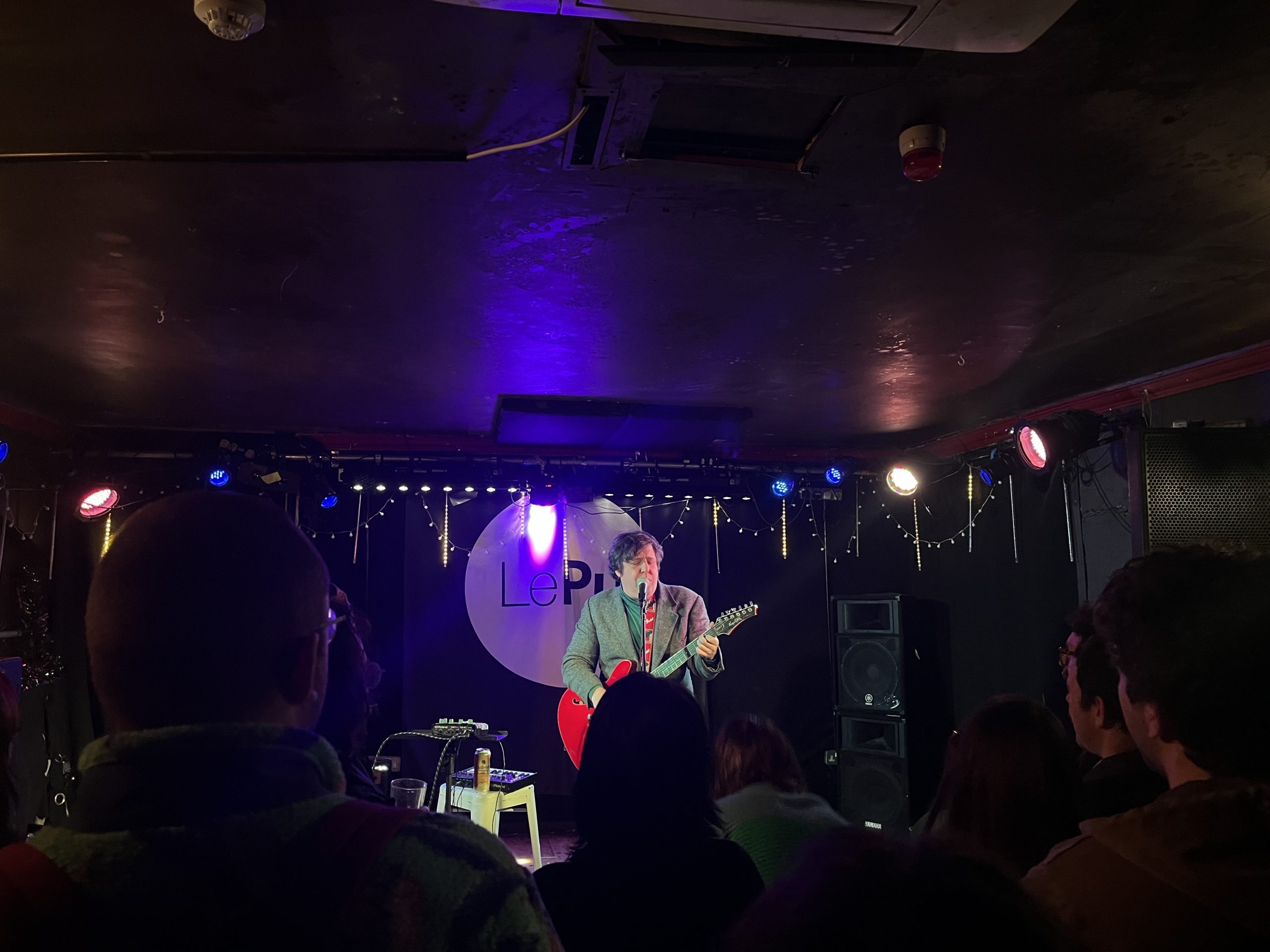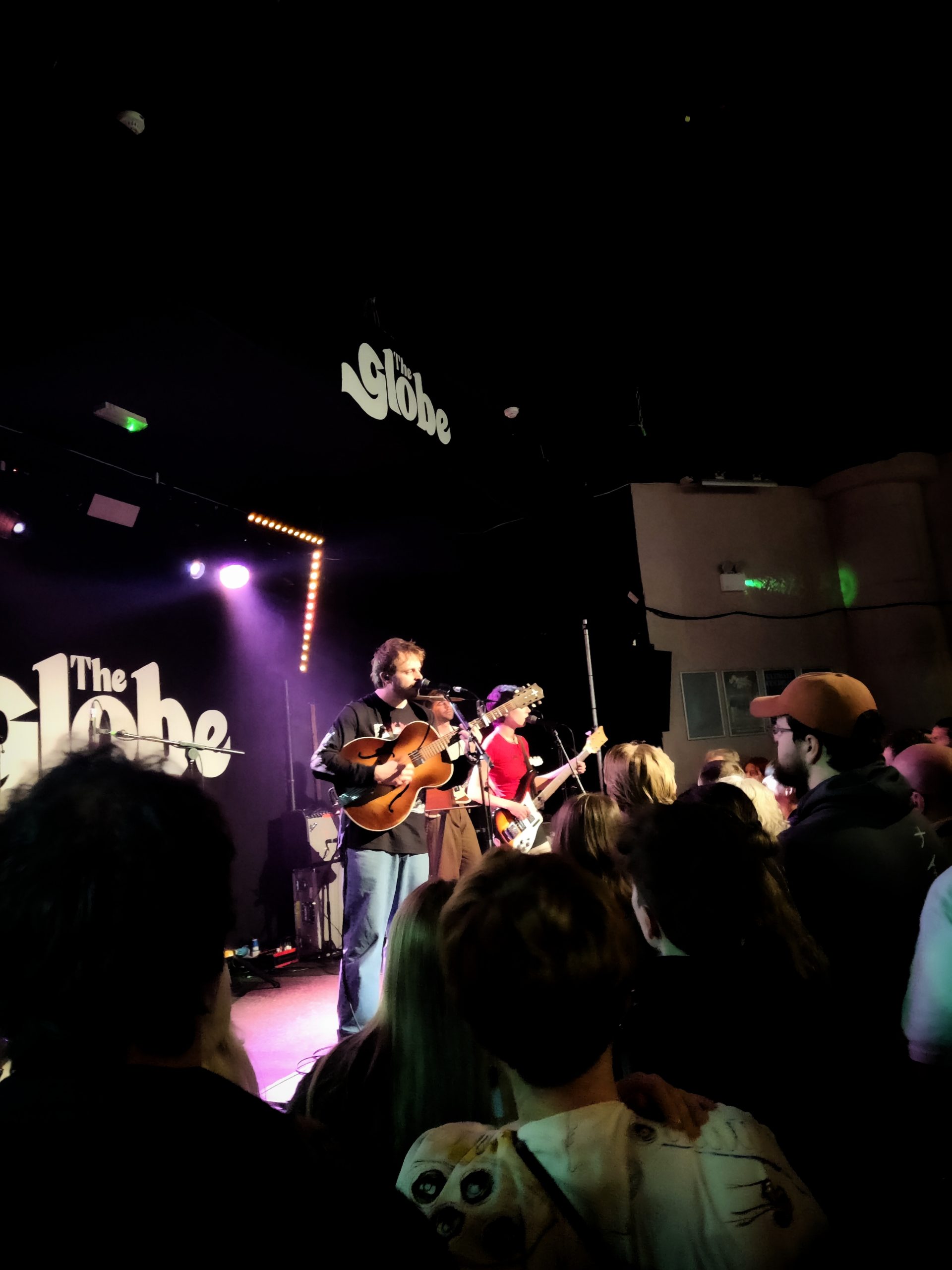By Pratiksha Patak
Ôÿà Ôÿà Ôÿà Ôÿà
Hela, by the up-and-coming playwright Mari Izzard, is the closing segment in the Other Room’s Violence Series. It gives a glimpse into a dystopian world, and is the most violent indeed since it involves children. Its themes, visuals, characters and wordplay are certainly not for the faint-hearted. The two characters Hugh, played by Gwydion Rhys, and Erin, played by Lowri Izzard, form the backbone of the play. The opening scene depicts Hugh sitting on a chair, tied up, and trying to figure out why he was kidnapped. This unusual beginning puzzled the audience from the first scene and left them curious.
As the bilingual play proceeds, Erin speaks in Welsh while Hugh responds in English. This interaction made us believe that Hugh does not understand Welsh. The English translation for Erin’s dialogues was displayed on a TV screen for those in the audience who didn’t speak Welsh. The initial interactions make us sympathize with Hugh and believe that Erin is a teen fellow prisoner. However, as the play proceeds one relates to Erin’s pain, a mother who lost her child due to Hugh. She kidnaps him to know the location of her child and torture the man who was responsible for his kidnapping. She tortures Hugh to get him to tell the truth, and as the story progresses, the sympathy of the audience shifts towards the mother whose child has been taken away. These shifting perspectives keep everyone engaged within the plot and create anticipation around what happens next.
The play is an ambitious attempt to present the consequences of human actions and the advent of a not too distant world dominated by technology. Izzard consistently plays with words, language and repartee between the two central characters. The play keeps the audience involved and takes them on a journey to realise the implications of relying on technology through the actions of characters which come back to haunt them time and again.


